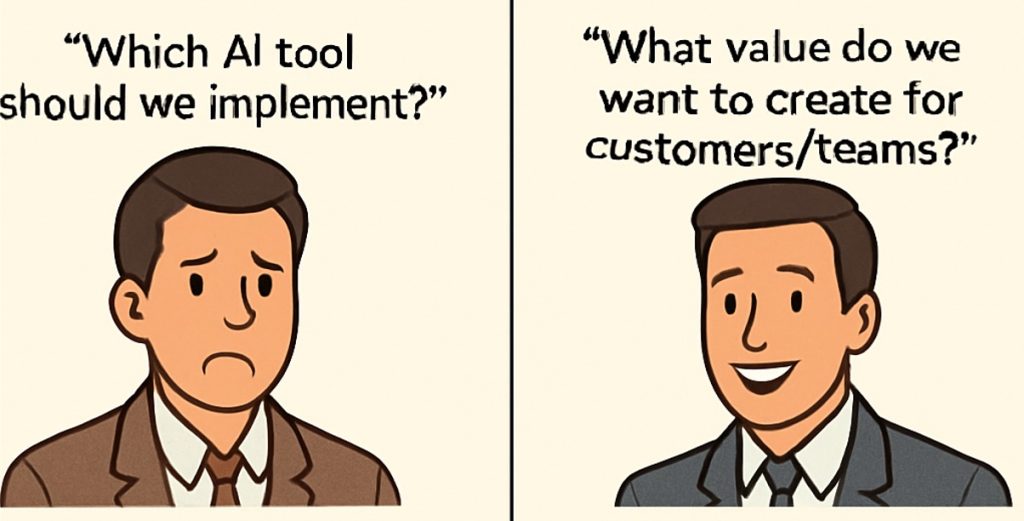It is not new that developments in one field influences the innovations in another popularly known as ‘The Medici Effect’ (Ref 5) explained by Frans Johansson in his book ‘The Medici Effect: Breakthrough Insights at the Intersection of Ideas, Concepts, and Cultures’.
In the last couple of decades, better understanding of non-linear characteristics of nature such as emergence, chaos, collective intelligence, by scientists, started influencing organizational management space also. Instead of looking at static processes and fixed hierarchical structures, organizations embraced dynamic systems, flexible pods and adaptive leadership.
Dee Hock, the founder and the former CEO of Visa, coined a term ‘Chaord’ by combining ‘Chaos’ and ‘Order’.
In his own words:
“By chaord, I mean any self-organizing, self-governing, adaptive, nonlinear, complex organism, organization, community or system, whether physical, biological or social, the behavior of which harmoniously blends characteristics of both chaos and order. Loosely translated to business, it can be thought of as an organization that harmoniously blends characteristics of competition and cooperation; or from the perspective of education, an organization that seamlessly blends theoretical and experiential learning.” (Ref: 1)
An organization in chaos, shall move towards better co-ordination than control, accepting variability than forcing uniformity, encouraging effectiveness over emphasizing efficiency to being a chaordic organization.
This is more relevant to the organizations now than ever. The nature of challenges organizations faced in the last few years and the pace at which things changed caused a lot of turbulence in their structures and operations. The ripples rode through the breadth and depth of the organizations and their impact was felt across the functions. Even the organizations that adopted agile were not spared.
Agile organizations are familiar with adaptive leadership. Most of them would be at various stages of its implementation. Let us look at a specific chaordic flavour to better adaptive leadership abilities.
Chaordic leadership involves four main responsibilities [Ref: 4], which are
- manage self 50% of the time
- manage those with authority over us 25% of the time
- manage your peers 20% of the time and
- manage those we are responsible for 5% of the time
In an agile organization, every individual is empowered to do right things and do them right. When they use the above guidelines, the emerging result at org level could be bigger than the sum of its parts.
The following benefits were observed in chaordic organizations:
- Increased motivation: as individuals could influence their objectives, methods and processes
- Increased self-organization as they are responsible for the progress
- Blurred hierarchies
- Decreased pressure to succeed
- Courage to experiment as fail fast is acceptable and encouraged
- Increased innovation due to the last two points
A few key areas / symptoms to watch out for:
- There may not be a visible structure, by design. This may not be comfortable for the people who are used to static structures. They shall be provided with reasonable support and coaching.
- Rules may not sustain as they are meant to be broken. Hence, finding alternate messaging and more cooperative checks and balances might help.
- Some times, large scale, strategic decisions could take longer than what used to be.
References and further reading:
- https://www.meadowlark.co/the_art_of_chaordic_leadership_hock.pdf
- https://patimes.org/leading-organization-chaos/
- https://ase.in.tum.de/lehrstuhl_1/research/paper/krusche2017chaordic.pdf
- http://www.businessdictionary.com/definition/chaordic-leadership.html
- The Medici Effect: Breakthrough Insights at the Intersection of Ideas, Concepts, and Cultures by Frans Johansson





